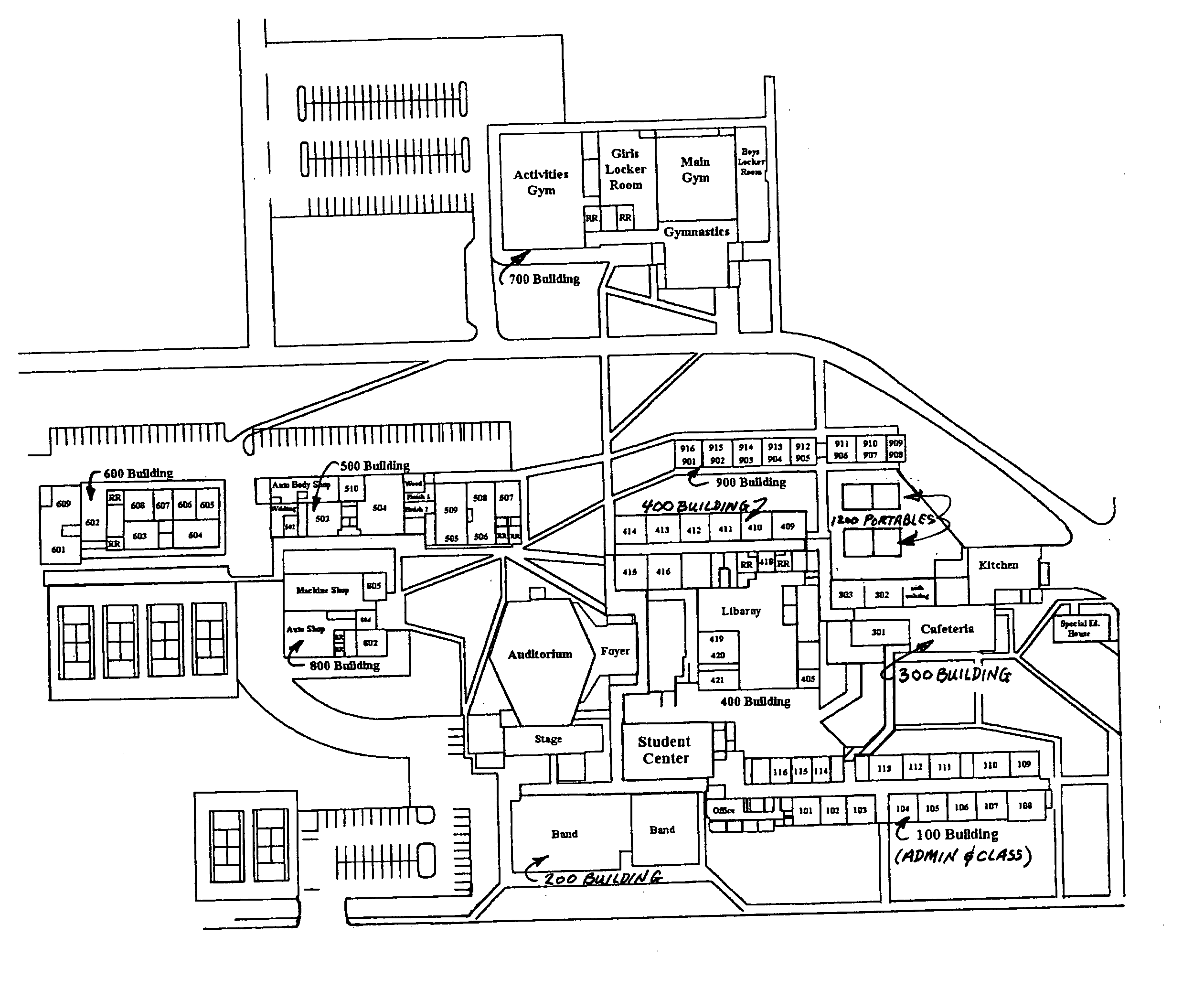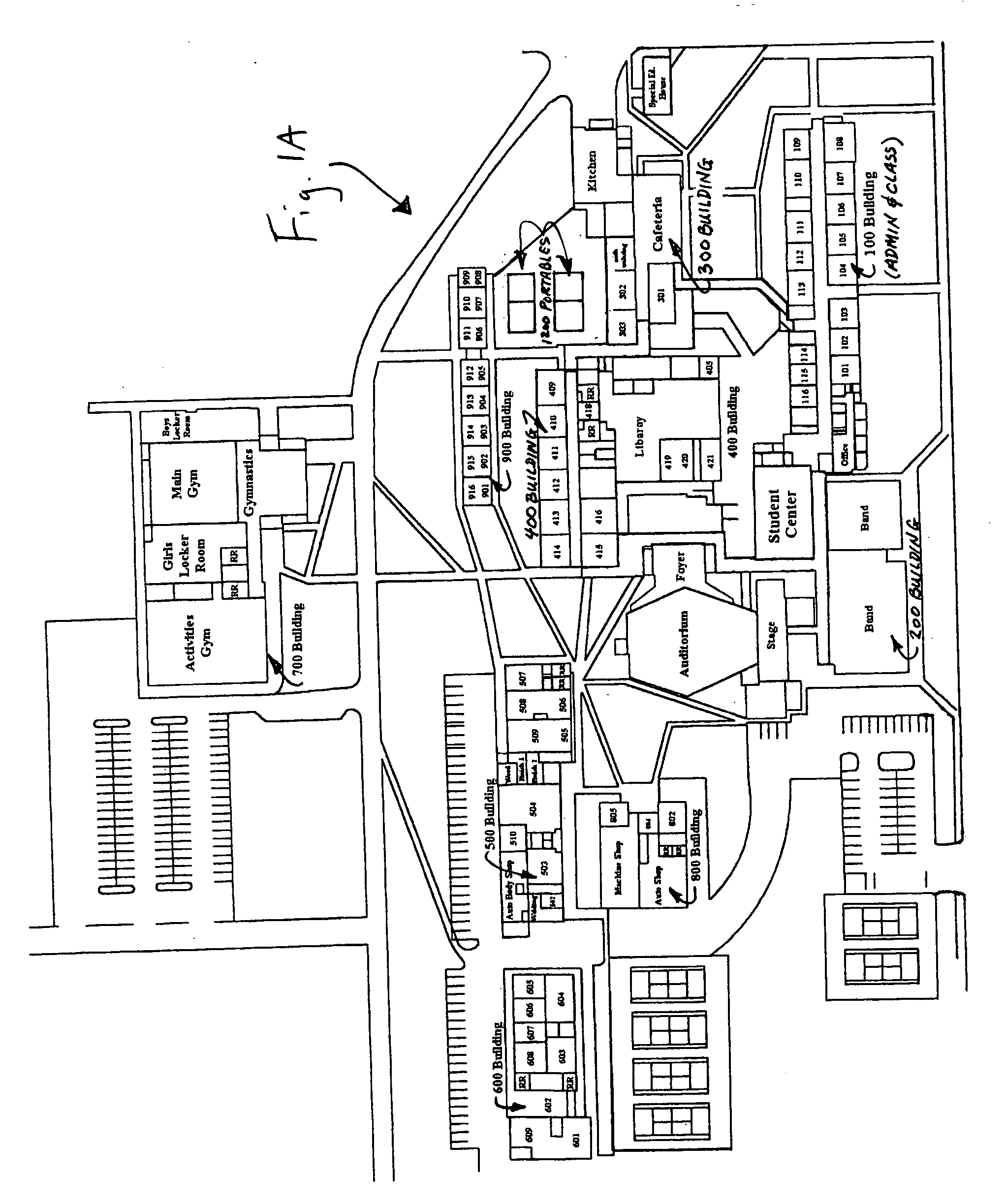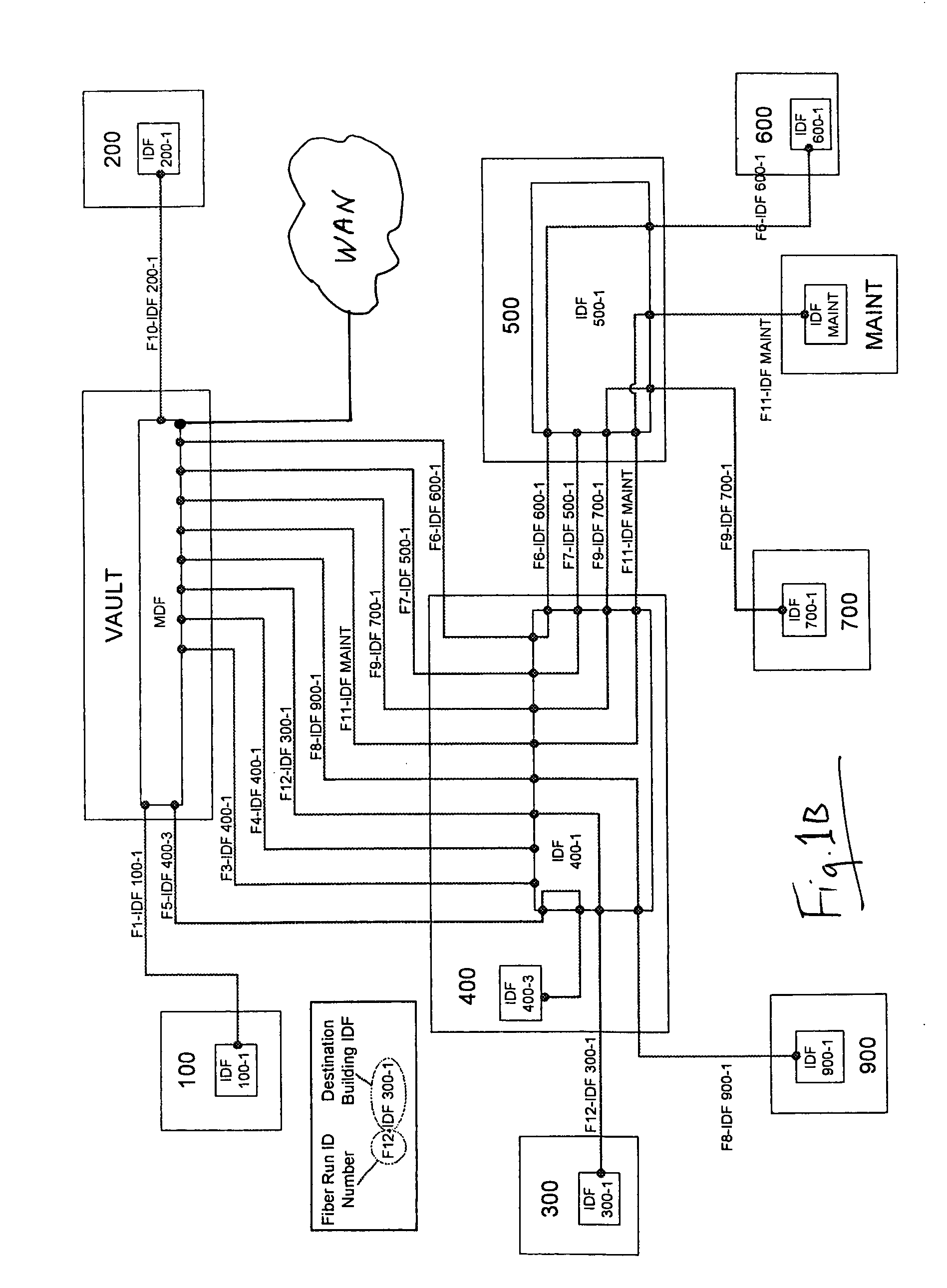Computer-enabled, networked, facility emergency notification, management and alarm system
a technology of emergency notification and computer, applied in the field of computer enabled, networked, facility emergency notification, management and alarm system, can solve the problems of little, if any, flexibility in the alarm and response system, communication failure, and alarm giving no assistance to responding personnel, so as to prevent loss of control functionality, increase the level of directed action, and facilitate the effect of dissemination
- Summary
- Abstract
- Description
- Claims
- Application Information
AI Technical Summary
Benefits of technology
Problems solved by technology
Method used
Image
Examples
first embodiment
[0051]FIG. 2A shows alarms for the inventive system 10 in which a central control computer 12 is linked via network cable 14 to a powered network switch 16. The network controlled alarm units 18a, 18b, 18c and 18d are installed in parallel, connected to the network switch 16 using network cable. The control computer is configured with an operating system standard (such as Windows XP Pro, Linux, or MAC OS10) and alarm system application software that functions per the logic of FIG. 4 and as further described herein. It also includes graphic displays of the type shown in the screen views illustrated in FIGS. 5 through 8. In the preferred embodiment of FIG. 9, the rapid alert initiation, management and archiving application program is resident in an application server (also known as a web server) linked in the network, and the computers 12 of FIGS. 2A, 2B, 3 and 10-12 are client computers from which access to the rapid alert program is launched via browser. The inventive system is comp...
second embodiment
[0053] In an important alternate, second embodiment, the powered network switch 16 can be replaced with a combination of a regular network switch 16′ and individual power injectors 22a-22d associated with each alarm branch. When signaled by the computer 12 the un-powered network switch 16 triggers the computer-selected power injectors 22a, 22b, 22c, and 22d to turn on power to their associated alarm unit 18a, 18b, 18c, or 18d.
third embodiment
[0054]FIG. 2B shows alarms in a parallel-series configuration that is similar to the configuration of FIG. 2A, except that each alarm branch 24a through 24c has a series of alarms 18a through 18d rather than a single alarm. Operation of the system permits activation of one or more of the parallel branches, but requires that all of the alarms in that particular branch, 24a, or 24b, or 24c, operate together.
PUM
 Login to View More
Login to View More Abstract
Description
Claims
Application Information
 Login to View More
Login to View More - R&D
- Intellectual Property
- Life Sciences
- Materials
- Tech Scout
- Unparalleled Data Quality
- Higher Quality Content
- 60% Fewer Hallucinations
Browse by: Latest US Patents, China's latest patents, Technical Efficacy Thesaurus, Application Domain, Technology Topic, Popular Technical Reports.
© 2025 PatSnap. All rights reserved.Legal|Privacy policy|Modern Slavery Act Transparency Statement|Sitemap|About US| Contact US: help@patsnap.com



